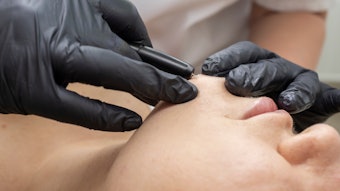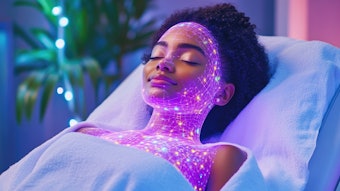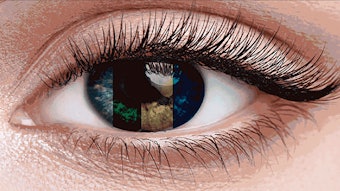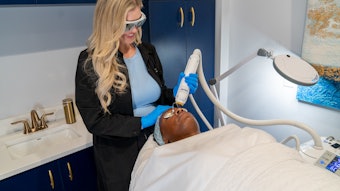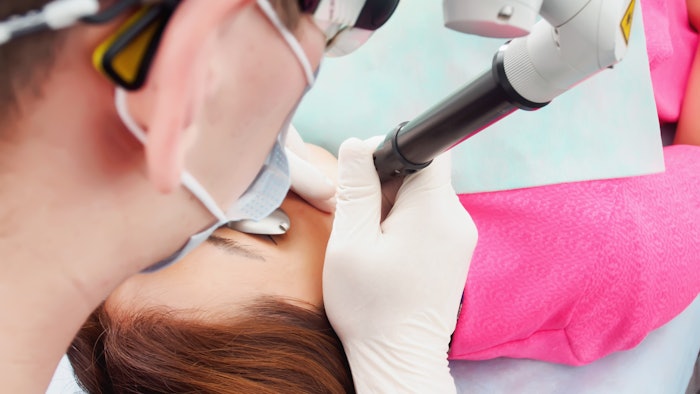
Treatment using picosecond alexandrite laser (PSAL) with a diffractive lens array (DLA) can delay the formation of pigmentation and combat skin aging, according to the results of a study published in Lasers in Surgery and Medicine (March 2021).
Related: Picosecond Laser for Removal of Solar Lentigenes
The prospective, split-face, self-controlled comparative study, carried out by a team from the Department of Dermatology and Department of Laser and Aesthetic Medicine at Shanghai Ninth People's Hospital, Shanghai Jiao Tong University School of Medicine, is titled “Three‐Year Results of Facial Photoaging in Asian Patients After Alexandrite 755 nm Picosecond Laser with Diffractive Lens Array: A Split‐Face, Single‐Blinded, Randomized Controlled Comparison.”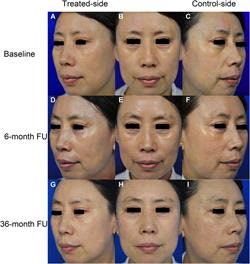
Split‐face areas were delineated on each patient; one side was randomly treated with PSAL in conjunction with DLA, the other side was left untreated. Subjects underwent 10 treatment sessions, spaced two weeks apart. Blinded evaluators assessed outcomes using digital photographs taken at baseline, three, six and 36 months after the final treatment. They compared four clinical indicators of photoaging (dyschromia, skin texture, skin laxity and rhytids).
The treated side showed 0.85 and 1.05 improvement for dyschromia at three and six month follow‐up, and 0.6 imrpvoement in skin texture at six months. At the 36 month follow‐up, the degree of photoaging had intensified on the control side while the rejuvenation efficacy was maintained on the treated side.
Read the full study here.

